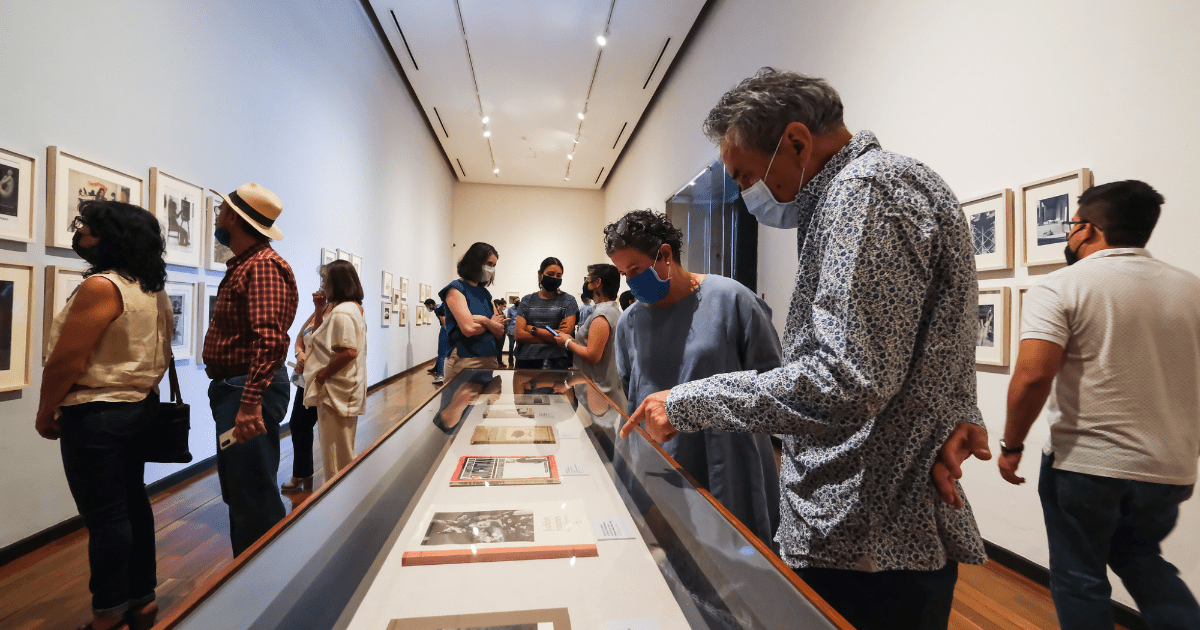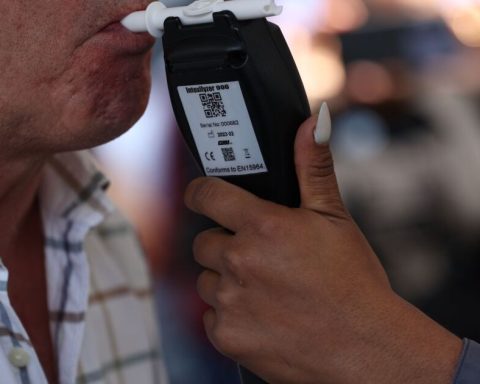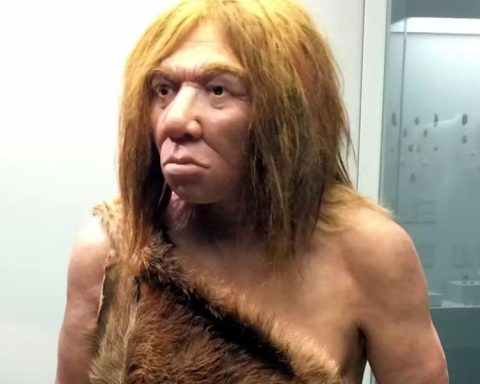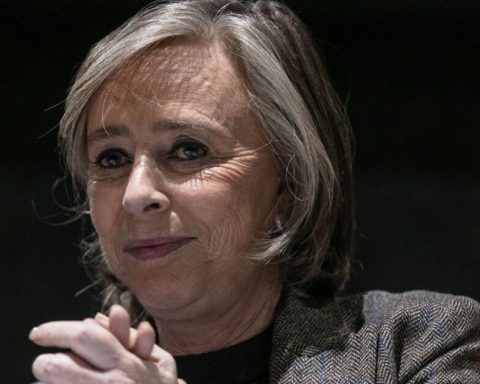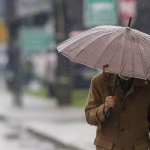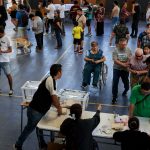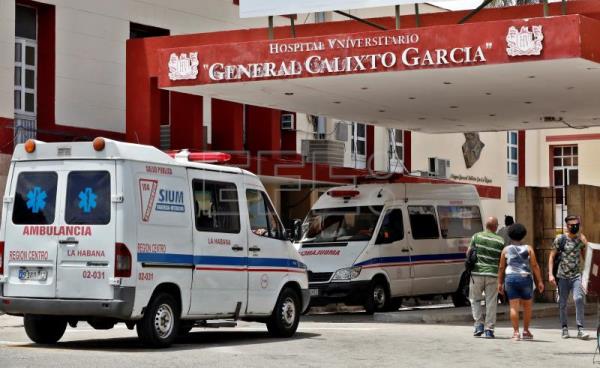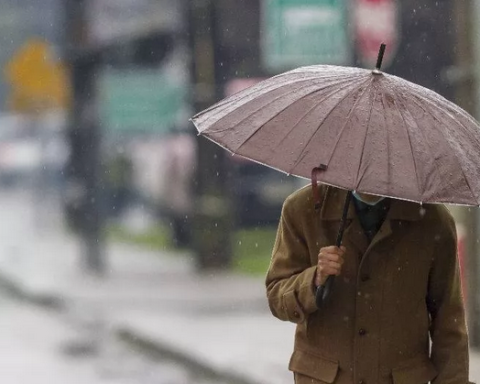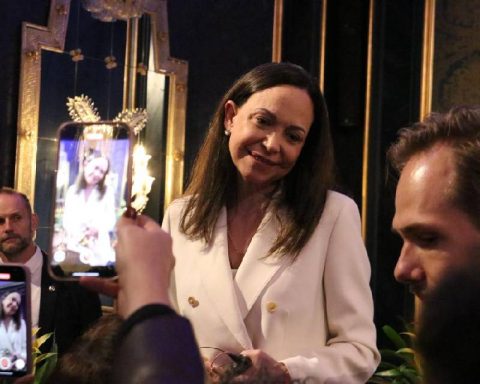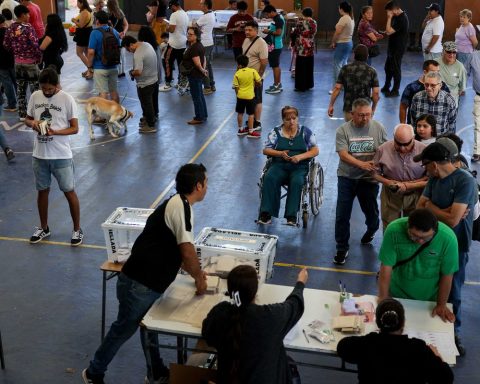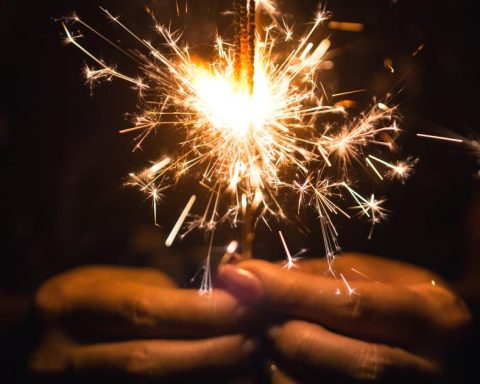When Francis Toledostill a teenager, found himself in a small library in Juchitán with a photographic catalog of Manuel Alvarez Bravohis story took an unexpected turn and the thread of life was threading him with other greats of the lens: Lola Alvarez Bravo, nacho lopez, Grace Iturbide, Henri Cartier Bresson, Juan Rulfo, Mariana Yampolskijust to name the best known names. Alexander Castellanosresearcher and photographer, closes the anecdote: “A book with images can lead you to art, photography, to understand life.”
A luminous journey, never better said, that of the Oaxacan artist, whose photographic facet is little known and who now condenses the exhibition “Lu’ Biaani. Francisco Toledo and photography”, under the curatorship of Castellanos, which opened to the public on May 7 at the Museum Cabinsin Guadalajara.
Lu’ Biaani, an Isthmian Zapotec word that means “eye of light”, alludes to that moment when Toledo encounters photography and embraces it as a complementary medium for his graphic and pictorial artistic expression. “Photography was for Francis Toledo, middle and end. A way of remembering, appropriating his image, and looking at himself through the eyes of others, but, above all, a way of assuming the power of the medium to build images and imaginaries, linked to his modern, documentary and artistic condition”. the curator points out in an interview for this newspaper.
Over 50 years, Toledo brought together one of the most notable photographic collections that exist in Mexico and Latin America, and in the last quarter of the 20th century he influenced the transformation of photography as an artistic expression in Mexico, through the promotion of the work of very diverse photographers, and of the creation of the Manuel Álvarez Bravo Photographic Center (CFMAB), which pays tribute to the photographer who moved him -“and opened his eyes to see photography as art”, says Castellanos-, as well as the foundation of the Institute of Graphic Arts of Oaxaca (IAGO), and of the St. Augustine Center for the Arts (CaSa), which has been a hotbed for lens artists and a great showcase where established photographers from different parts of the world have met and shown their work, such as Manuel and Lola Álvarez Bravo, Tina Modotti, Henri Cartier-Bresson, Edward Weston , Sebastião Salgado, Josef Koudelka, Graciela Iturbide, Juan Rulfo, Guillermo Kahlo, William Klein, Nacho López, Eniac Martínez, Mariana Yampolsky, Javier Hinojosa, Laureana Toledo, Antonio Turok, Pedro Meyer and Marcela Taboada.
In parallel, there are the photographers who testify to the cultural patronage they deserved from the master Toledo and the institutions he founded.
“Lu’ Biaani. Francisco Toledo and photography” brings together the work of all of them in a journey that unfolds into nine thematic nuclei, the first of which -Yo, Otro- shows the master Toledo’s own photographic work, playful and experimental (a series of self-portraits in instant polaroid reveal the artist’s spirit), where the artist’s irony “corrects” the camera’s gaze through graphic interventions; and along the same lines, the artist’s immortal portraits, some captured by Graciela Iturbide, Flor Garduño, Félix Reyes and Rogelio Cuéllar.
The successive nuclei bring together the work of the photographers who helped him to form the CFMAV, in 1996; images that fixed the local history of Oaxaca, the life of its peoples and its social movements in the last stretch of the last century; and emblematic pieces from the collections that enrich the collection of the photographic center, including that of Toledo itself, equipped with more than 100,000 pieces that integrate the work of “some of the photographers who form the historical canon of the photography in Mexico”, highlights Castellanos.
The exhibition is made up of 400 pieces including photographs, stills, documents, magazines, books, photo sculptures, and an installation by Laureana Toledo (a kind of ‘anonymous wall’) made up of authorless photographs of the Robert Donis Fundwith the most diverse themes, ranging from pop culture, to unvarnished eroticism and social protest.
As the exhibition also celebrates the 25th anniversary of the creation of the Manuel Álvarez Bravo Photographic Centerposters, invitations, press releases and posters of each of the exhibitions mounted in the Oaxacan venue since its inauguration are also exhibited.
Alejandro Castellanos explains that the exhibition is the product of research undertaken between 2015 and 2018, financed by the National Institute of Fine Arts, and that it took several years to put together and exhibit, with the support of the CFMAB and IAGO collections, and the institutions that have housed it, the Old College of San Ildefonso in Mexico City, and now the Cabañas Museum, in Guadalajara.
This exhibition shows how “the creative universe of master Toledo is very broad, and a very significant part is his relationship with photography, which always occupied an important place in his life, which is visible in the books he edited, the photographic collection and bibliography that he gathered”, specifies the curator.
The public will have the opportunity to see this sample in the Museum Cabinsfrom Guadalajarauntil September 18, and then at the Amparo Museum in Puebla.
